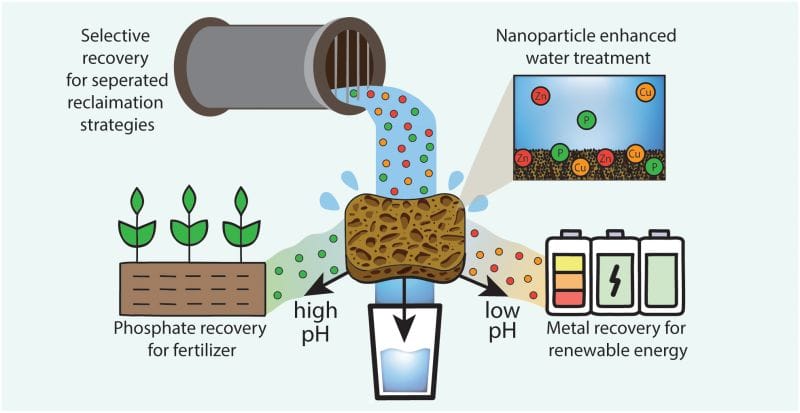RSS feed source: Federal Emergency Management Agency
LOS ANGELES – If you received rental assistance from FEMA and require further rental assistance while working toward your permanent housing goals, we encourage you to stay in touch with FEMA. Continued Temporary Housing Assistance (CTHA) may be available for those who qualify.
Rental Assistance is available as an initial temporary two-month grant for homeowners and renters to pay for somewhere to live if their primary residence suffered damage from the Los Angeles County wildfires. If you were displaced and need assistance covering housing costs you should contact FEMA to determine your eligibility for this program. If temporary housing is still needed after the first two months of receiving rental assistance, survivors can apply for CTHA based on three months of their actual monthly costs for rent and utilities or the Fair Market Rent, for up to 18 months from the date the disaster was declared, January 8, 2025, as long as they remain eligible.
If you received funds for Additional Living Expenses through your insurance, you may be eligible for initial Rental Assistance once those funds are exhausted.
To be eligible to apply for CTHA, survivors must meet the following conditions:
Be awarded initial Rental Assistance and show they used this money to pay for temporary housing,Are unable to return to their pre-disaster residence because it is not safe to live in or is no longer available
Click this link to continue reading the article on the source website.



